Did you know? Videos about mewing have amassed over 1 billion views on TikTok, captivating millions and sparking fierce debates among dental experts and influencers worldwide. But does this viral facial exercise truly compete with proven orthodontic methods? Or is mewing just another fleeting social media trend? In this article, we cut through the hype, share expert opinions, and objectively explore: is mewing a real alternative to orthodontics?

The Rise of Mewing: How Social Media Fueled a Facial Restructuring Craze
"A recent study revealed that TikTok videos about mewing have garnered over 1 billion views, sparking a heated debate among dental professionals and influencers alike."
Social media has the power to turn obscure theories into worldwide sensations overnight. The trend of mewing, touted as a technique for facial restructuring, is a perfect example. What began as a niche topic in dental discussion forums exploded into a phenomenon after influencers on platforms like TikTok and YouTube broadcasted their dramatic "transformations" and DIY approaches to better jawlines and facial aesthetics. Suddenly, terms like facial restructuring and proper tongue posture were trending, sparking curiosity and controversy in equal measure.
This viral movement was not just confined to beauty enthusiasts. It quickly penetrated mainstream awareness, with everyone from teenagers to adults questioning if mewing could replace traditional orthodontic treatment. Yet, as with many internet fads, significant risks arise when anecdotal results and unverified claims are accepted as scientific fact. With over a billion views, mewing’s popularity drives both hope—and skepticism—about changing the shape of your facial structure without professional help.
What You'll Learn About: Is Mewing a Real Alternative to Orthodontics?
- The basic principles of mewing and its claims
- The science behind facial restructuring and orthodontic treatment
- A critical comparison: Is mewing really a viable alternative to orthodontic care?
- Professional opinions from orthodontists and medical experts
- Social media’s impact on dental health trends
- FAQs and myths debunked
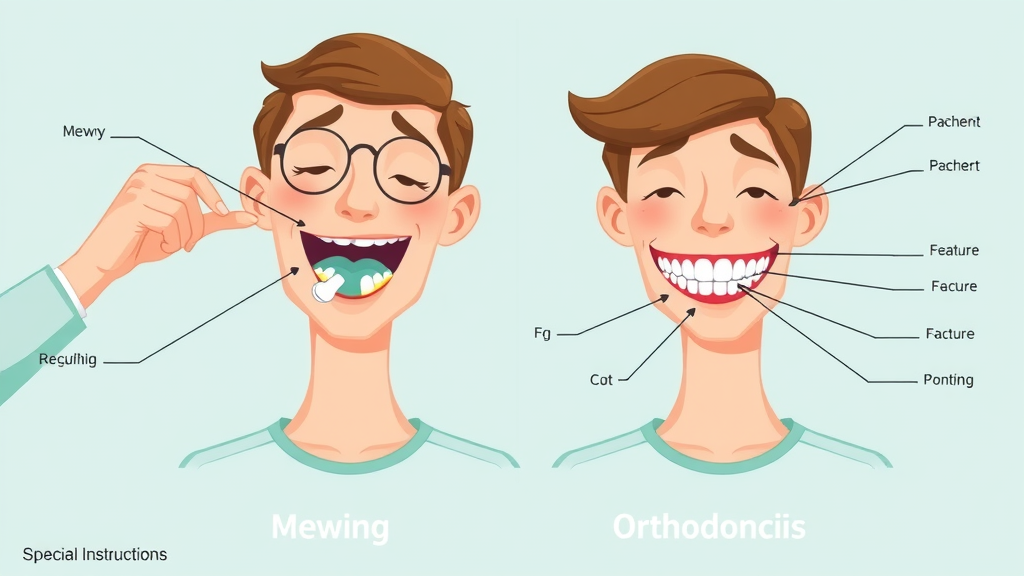
What Is Mewing? Decoding the Trend on Social Media
Understanding the Basics: What Does Mewing Mean? 🤫 🧏
- Definition and origins of mewing
- Why mewing is trending on social media
- Key figures behind the movement
Mewing is a method that involves proper tongue posture—specifically, resting the tongue against the roof of the mouth—to allegedly improve one’s facial structure, jaw alignment, and even breathing issues like sleep apnea. Developed by British orthodontist John Mew, this technique has gained followers who believe mewing can reshape the face and correct jaw misalignment without braces or surgery. The basic process is simple: close your lips, keep your teeth gently together, and flatten the entire tongue on the roof of your mouth, just behind the front teeth.
The method’s popularity exploded thanks to social media influencers showcasing supposed "before and after" results, often claiming improved facial aesthetics and better jawlines. John Mew’s teachings have inspired countless DIY guides on YouTube and TikTok, with hashtags like #mewing racking up millions of views. People are drawn by the promise of achieving dramatic changes to the shape of their teeth and jaw—and their facial aesthetic—without costly orthodontic treatment. But does the science support these claims, or is mewing just another online fad?
Orthodontic Treatment vs. Mewing: Claims, Evidence, and Realities
Facial Restructuring: What Science Really Says
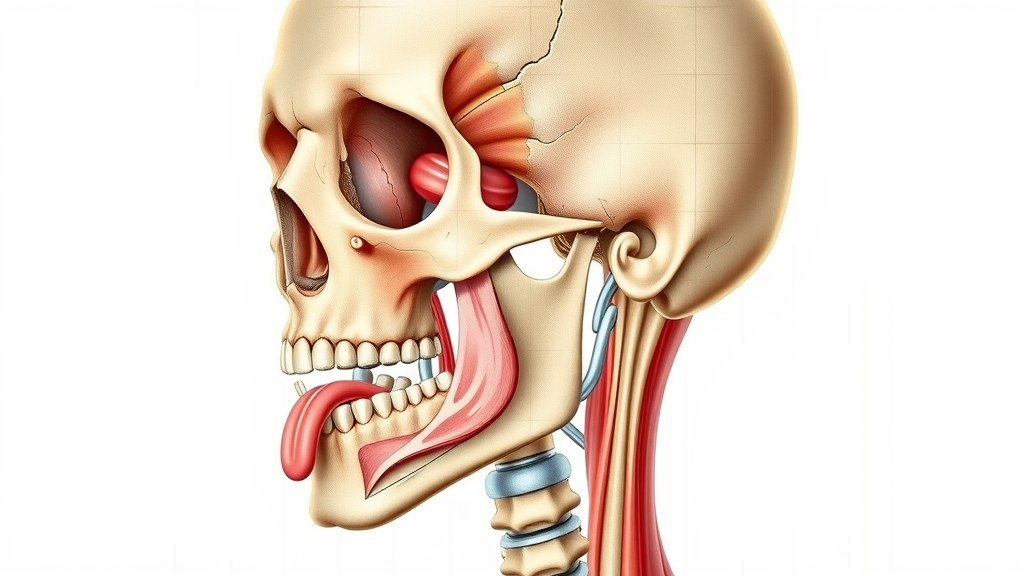
When it comes to facial restructuring, most dental professionals emphasize that altering the position of your tongue cannot replace the effects of orthodontic treatment. Scientific research supports that while tongue posture can influence facial development slightly during childhood, there is little evidence that mewing in adolescence or adulthood can meaningfully change your teeth and jaw alignment or treat conditions like bite issues.
Peer-reviewed studies from bodies like the American Association of Orthodontists and General Dental Council assert that orthodontic appliances—braces, aligners, or retainers—are the only proven ways to correct misaligned teeth, ductal bite issues, and complex jaw misalignments. While a healthy oral posture (including proper tongue placement) does improve some aspects of oral health, clinical data do not support mewing as a reliable method for facial restructuring or as a legitimate substitute for professional orthodontic care.
| Aspect | Mewing | Orthodontic Treatment |
|---|---|---|
| Effectiveness | Anecdotal; limited evidence | Clinically proven; high success rate |
| Limitations | Unpredictable, may not work for adults or severe issues | Tailored to individual cases, addresses moderate to severe bite issues and misalignments |
| Cost | Free/DIY | Varies ($2,000–$7,000+), often includes follow-ups and retainers |
| Longevity | Unproven long-term impact | Stable, lasting corrections when maintained |
Is Mewing a Real Alternative to Orthodontics for Straightening Teeth?
"Orthodontic treatment has decades of research and clinical success, while evidence for mewing remains largely anecdotal." — Dr. Lisa Carter, Orthodontist
The essential question—is mewing a real alternative to orthodontics?—cannot be answered with a simple yes or no, but scientific evidence heavily leans toward no. For anyone dealing with crooked or misaligned teeth, dental crowding, or functional bite issues, mewing simply does not provide the same level of correction as accomplished by braces or Invisalign. Orthodontists emphasize that while advocating for healthy oral posture is beneficial, relying solely on mewing may allow dental or bite issues to worsen over time—something no viral hack can fix.
The British Orthodontist Association and world-wide dental experts continually warn that mewing is not a substitute for professional orthodontic treatment. While some fans argue that results take months or years, there is no clinical evidence that mewing alone can change the shape or orientation of adult teeth or repair jaw misalignments. If you have questions about your smile, don’t gamble on a social media trend—consult a licensed orthodontist who can offer a personalized treatment plan based on decades of tried and tested experience.
Orthodontic Treatment: Traditional Paths to a Straighter Smile
- Braces and their proven results
- How Invisalign compares to mewing
- Other dental correction options
Modern orthodontic treatment is about more than just straighter teeth. Braces, clear aligners (like Invisalign), and custom appliances correct functional bite issues, optimize oral health, and enhance facial aesthetics. Metal braces, for instance, use precision force to move teeth, while Invisalign offers a discreet alternative with a set of custom-molded clear trays. Both methods come with an established track record in science and patient success, with improvements often visible within months.
In addition to braces and Invisalign, orthodontists sometimes recommend palatal expanders, headgear, or restorative dentistry for complex dental challenges. Unlike mewing, these options are tailored to your specific facial structure and monitored by professional orthodontic teams. While professional orthodontic care represents an investment, the results are reliable, stable, and contribute directly to long-term oral health—from preventing jaw pain and chewing problems to safeguarding against issues like sleep apnea and chronic headaches associated with jaw misalignment.
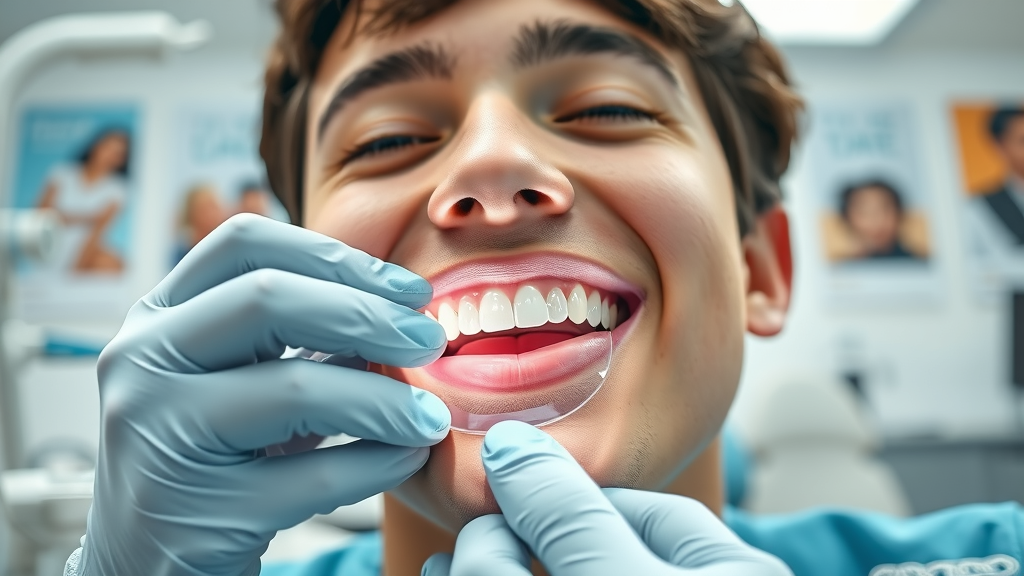
Why Has Mewing Captivated Social Media?
- Accessibility and DIY Appeal: Mewing’s viral growth is partly due to its simplicity. Anyone can start 'practicing' at home without any cost or equipment, making it a tempting DIY alternative to expensive orthodontic treatment.
- The Role of Influencers and Viral Challenges: Influencers and self-styled health "gurus" post time-lapse "transformations," persuading followers with compelling anecdotes and trends like '30-day mewing challenges', all of which supercharge its popularity among teens and young adults.
- Potential Dangers of Misinformation: Social media can propagate anecdotal evidence as fact. Unrealistic expectations and unsupervised attempts to solve real dental problems may delay or worsen proper diagnosis and care, leading to disappointment and avoidable oral health complications.
People Also Ask: Common Questions About Mewing and Orthodontics
Can Mewing Replace Braces?
While the idea of fixing your teeth without brackets, wires, or orthodontists is appealing, there is no scientific evidence that mewing can replace braces. Braces are specifically designed to address misaligned teeth, jaw misalignment, and serious bite issues, delivering regulated force that moves teeth into a healthier, stable position. Mewing simply does not offer the same reliable, measurable, or lasting results.
What Do Orthodontists Think of Mewing?
Most orthodontists caution that mewing should not be considered a substitute for professional orthodontic treatment plans. While developing good oral posture—keeping your lips closed, teeth gently together, and tongue pressed to the roof of the mouth—is healthy, claims about mewing transforming facial aesthetics or correcting dental issues are largely unsupported. Dental councils and the General Dental Council in the UK advise turning to established, evidence-based orthodontics for anything beyond basic oral health maintenance.
What Does Mewing Mean 🤫 🧏?
Mewing refers to a practice of consciously placing your tongue against the roof of your mouth to affect the shape of your jaw and enhance facial aesthetics. It’s named after John Mew, the British orthodontist who popularized the idea. The main steps are staying mindful of your posture, closing your lips, gently touching your teeth, and broadening and flattening your tongue across the upper palate.
Can Mewing Actually Straighten Teeth?
Mewing may encourage a healthier oral posture, but there is no credible scientific research proving it can straighten teeth, especially for adults. Tooth movement involves shifting bone and gum tissue—something that mewing alone cannot achieve. Relying exclusively on mewing for teeth straightening is not recommended by dental professionals or any major orthodontic association.
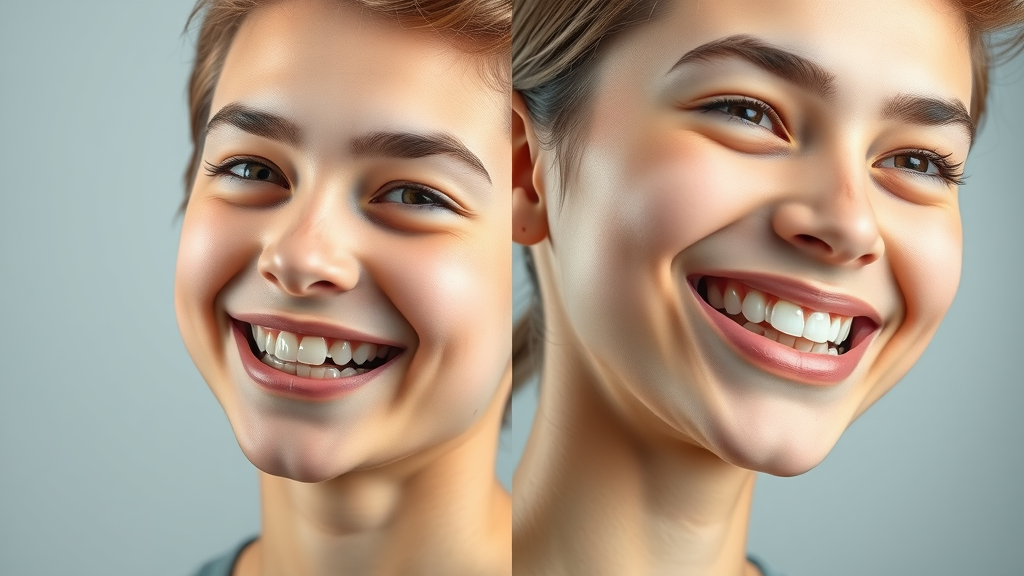
Expert Insights: Authority Quotes on Is Mewing a Real Alternative to Orthodontics?
"Orthodontics isn’t just about appearance—it’s about oral health and function, something mewing cannot reliably address." — Dr. Marcus Lane, DDS
Expert orthodontists emphasize: correcting crowded or crooked teeth is not just a cosmetic pursuit—it’s essential for oral health, safe chewing, speech, and even breathing. While tongue posture is a responsible part of facial development, mewing lacks the clinical evidence needed to justify using it as a standalone solution for dental or bite issues. As a substitute for professional orthodontic treatment, mewing ultimately falls short, both in reliability and results.
In fact, the American Association of Orthodontists, and the Association of Orthodontists worldwide, advise that only properly trained professionals should manage efforts to change the shape or function of a person’s facial structure or correct dental alignment. If you’re considering alternatives for teeth straightening, expert evaluation is key to safety, efficacy, and your future confidence.
Key Takeaways: Is Mewing a Real Alternative to Orthodontics?
- Social media hype has outpaced scientific evidence for mewing.
- Professional orthodontic treatments remain the gold standard for teeth straightening and facial restructuring.
- Skepticism and critical thinking are essential when evaluating DIY health trends.

FAQs: Is Mewing a Real Alternative to Orthodontic Treatment?
-
Does mewing work for adults?
Mewing is unlikely to produce substantive facial restructuring or dental changes in adults. Growing children might see slight benefits as their facial bones are still developing, but for mature skeletons, the impact is minimal and unsupported by scientific evidence. -
How long does it take to see results from mewing?
Supporters say visible results take months to years, but these reports are anecdotal and not scientifically verified. Most dental professionals caution that any real changes gained through mewing are likely limited and subtle at best. -
What risks should be considered?
While mewing is generally safe, relying on it as a substitute for professional orthodontic treatment could delay essential care, resulting in worsening bite issues or oral health problems. It’s vital not to ignore serious dental misalignments needing expert guidance. -
Are there any legitimate alternatives to orthodontic treatment besides mewing?
While there are DIY dental products marketed online, only orthodontic appliances—like braces and Invisalign—are supported by extensive scientific research for lasting correction of misaligned teeth or jaw issues.
Conclusion: Weighing the Realities of Mewing Versus Orthodontic Treatment
Although mewing is an interesting idea, science and expert consensus make it clear: it cannot replace professional orthodontic care for straightening teeth or reshaping your jaw and facial profile. When it comes to your oral health and confidence, the gold standard remains orthodontics.
Stay Informed: Subscribe for More Trusted Advice
Want more expert-backed answers about braces, Invisalign, and local orthodontic care? Subscribe to Grand Strand Smile Spotlight and stay ahead of your smile journey.
In exploring whether mewing serves as a viable alternative to orthodontics, it’s essential to consider insights from authoritative sources. The American Association of Orthodontists, in their article “What is Mewing, and Does it Work?”, emphasizes that while tongue posture influences facial development, there is no scientific evidence supporting mewing’s claims to realign teeth or reshape the jawline effectively. (aaoinfo.org) Similarly, the Wikipedia entry on “Mewing (orthotropics)” notes that no credible scientific research has proven the efficacy of orthotropics, and most orthodontists do not view mewing as a viable alternative to orthognathic surgery. (en.wikipedia.org) These resources provide a comprehensive understanding of mewing’s limitations compared to established orthodontic treatments.
 Add Row
Add Row  Add
Add 

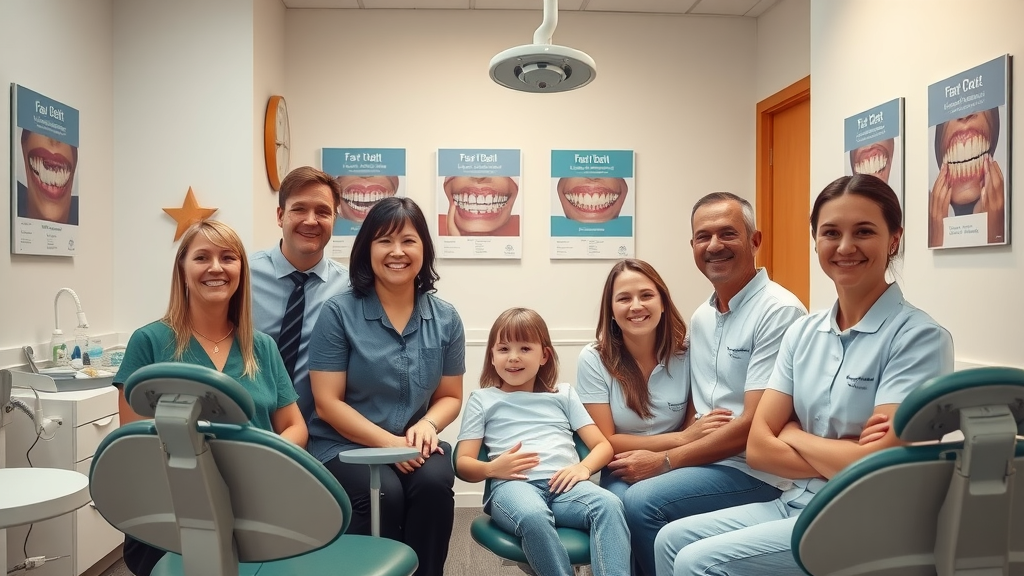
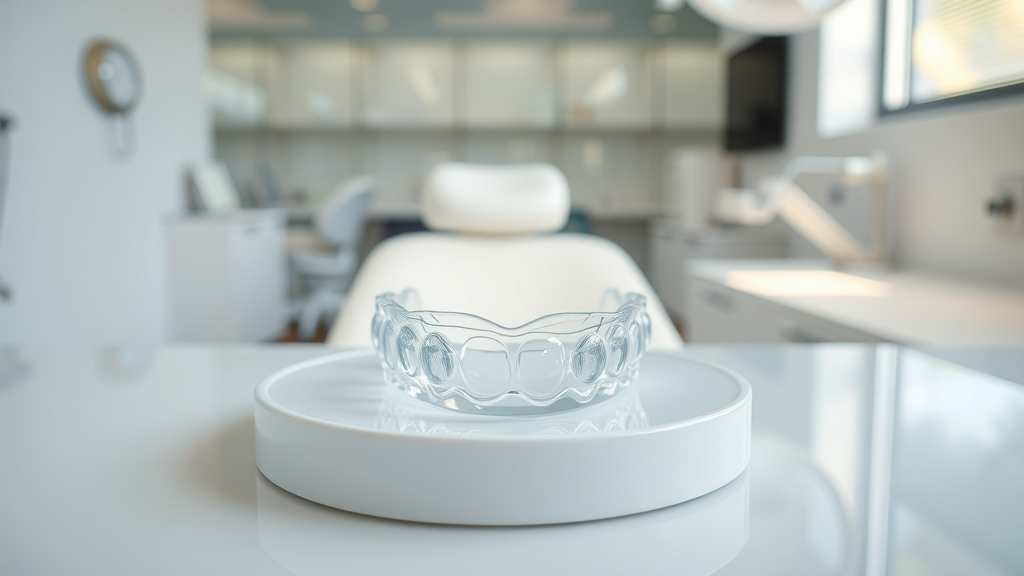
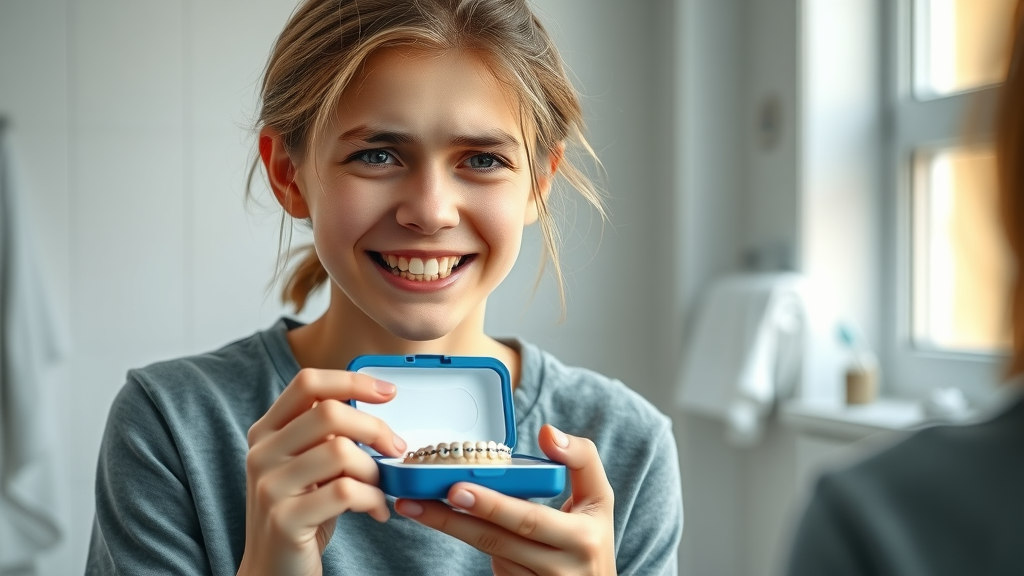
Write A Comment